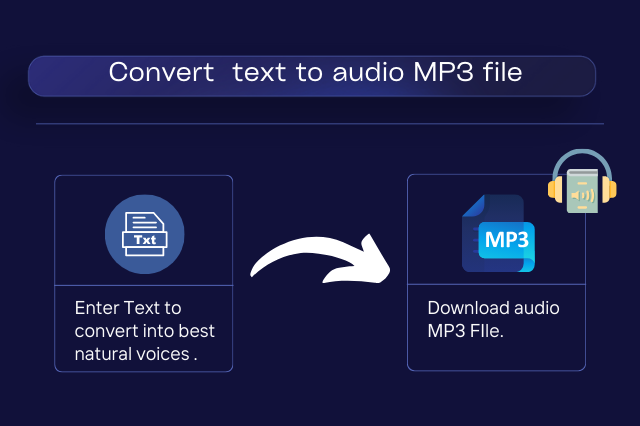Guide to Automatic Speech Recognition Technology
Imagine sitting in a
meeting and talking to your computer without typing a single word. This isn’t
just a figment of our imagination anymore. Automated Speech Recognition (ASR)
is the tech that’s enabling this transition. Essentially, ASR is all about
using computers to transform the spoken word into the written one.
Enter the Web 3.0:
we are in the midst of a revolution in information gathering and communication,
and we’re still in the very early stages.
We now live in an
environment where we can talk to our devices and those devices can understand
us. This goes beyond simple voice control; now we can use speech as a means of
communication and interaction. We can use speech as a way of accessing and
retrieving information, and we can use speech as a means of controlling and
interacting with devices and applications. Automatic Speech recognition (ASR)
is one of the enabling technologies that is driving this transformation.
What is ASR?
Automatic speech recognition (ASR) is a computer technology that enables machines to listen to human speech and to reproduce the words in the speech. ASR systems are also known as speech-to-text systems or computer speech recognition systems. ASR is part of the artificial intelligence system that is rapidly changing the way humans interact with machines. How are these systems changing the way we communicate with machines? These systems are making it possible for humans to communicate with machines using our voice, which is something that humans are very good at.
Automatic Speech
Recognition (ASR) is a technology that converts speech into text. It’s a bit
like dictation software that comes with a computer but in a much more
sophisticated way. It’s a sophisticated technology that often gets confused
with Natural Language Processing (NLP). While it’s not exactly a good idea to
equate the two, it’s important to understand the difference between them, if
only to better understand how ASR works.
The ultimate goal of
ASR is to create a system that transcribes the words a person speaks in a noisy
environment and with a low-quality microphone so that the words can be used in
text-to-speech applications and for other applications such as voice search and
speech translation.
How are we implementing ASR in day-to-day life?
ASR has been in
every type and field of the industry to ease different processes. Let’s get
into this scenario.
When you go for watching a movie, there are subtitles at the bottom of the video. ASR technology helps media industries to get the captions ahead of time to view subtitles. This technology lets you stream captions and subtitles in real-time so that it cannot miss the voice.
People used to read books by buying books and spending time on them. But nowadays, due to technological advancements, there is an upcoming term as audio books. This technology also helps in creating transcripts of the standard lecture and you can also use it in virtual meetings.

Call centers of
various companies have been using this technology to get better customer
engagement and satisfaction. Call centers are equipped with technology that is
associated with automated chat bots and monitor customer support and their
interactions.
ASR also has been
advanced to so much level that is solving the barriers of translation. Let’s
say you are traveling to a different country and you are not that much aware of
the native language. You have access to the apps that use ASR to become the
magic of universal translator and making accessible for people to communicate
with cross-border people.
Last but not the
least, IoT (Internet of Things). This is one of the most fields where ASR is
used. The Industrial Internet of Things (IoT) devices optimize manufacturing
processes and deliver improved automation, for example. IoT users are
increasingly using voice as the best way to interact with the IoT. With a
simple command like "turn on the lights" or "raise the
thermostat," we can control our environment in real-time without ever
having to look at a screen or press a button.

























































